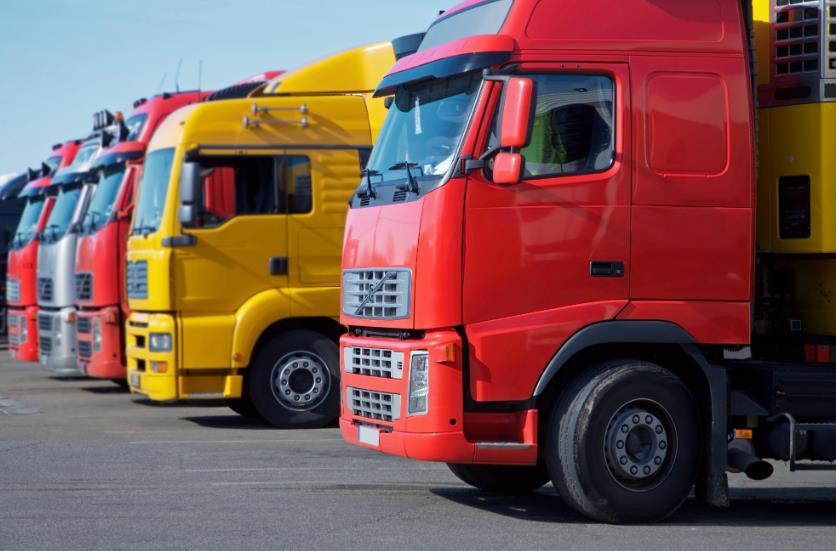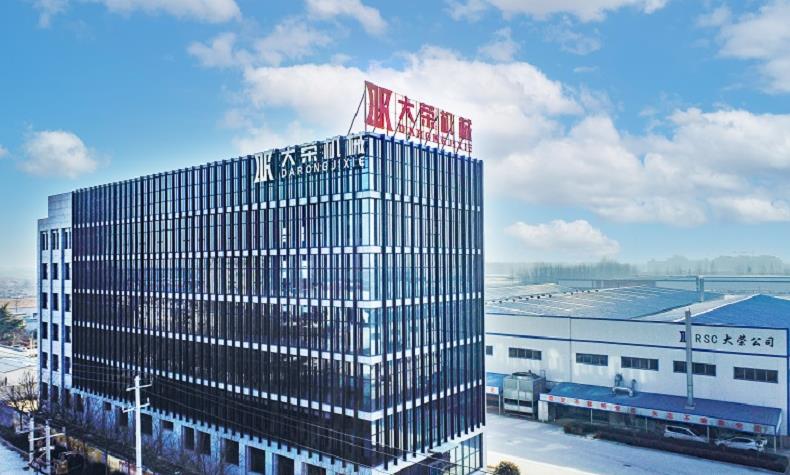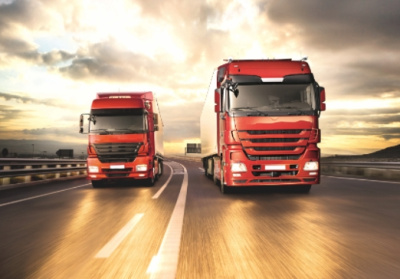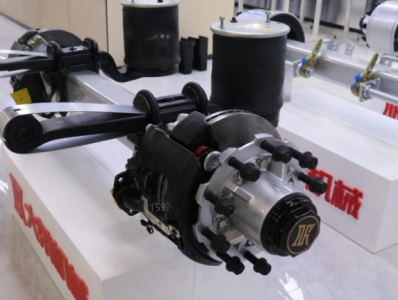How to distinguish between semi-trailer/trailer/car train/truck?
Speaking of freight vehicles, we are not unfamiliar, such as some goods, vegetables, fruits and other materials rely on these vehicles for transportation. The range of freight vehicles is very wide, and it can also be divided into many kinds from the model point of view, such as common trailers, trucks, car trains, trailers, trucks, etc.

1. Trailer
The trailer is generally composed of two parts: the traction locomotive and the trailer bucket. Among them, the traction locomotive is mainly responsible for providing power and driving, and the trailer bucket is responsible for loading the cargo, and the two parts are connected together by the traction saddle and the traction pin to complete the transportation task.
From the classification point of view, the trailer can be divided into semi-trailer, full trailer and middle axle trailer.
(1) Semi-trailer refers to a trailer that cannot be independently supported by the bucket, and the front part of the bucket needs to be taken on the back end of the tractor, and a part of the weight is shared by the tractor. When the bucket is separated from the tractor, the balance needs to be supported by special legs.
(2) Full trailer refers to the trailer that can be completely independently supported, the bucket can maintain its own balance, and it can also carry its own independent load. When connecting the tractor, it only needs the tractor to provide driving force, and it does not need to share the load.
(3) The middle axle trailer, similar in appearance to the full trailer, can also independently bear its own load, and does not need to be shared by the tractor. The difference is that the axle of the middle axle trailer is concentrated in the middle part of the bucket, so it cannot maintain balance independently, and it also needs leg support when separated from the tractor.
According to the different transportation needs, the top part of the trailer is also different, and it can be divided into column plate, warehouse grid type, van type, skeleton type, container type, tank type, low flat plate, self-unloading type, etc.

2. Truck
According to Baidu Encyclopedia, the truck can also be called truck, mainly used to transport goods or traction vehicles, according to the different tonnage can be divided into pickup trucks, micro cards, light trucks, heavy trucks, heavy trucks, overweight cards, which have integrated models, there are tractor + trailer models.
3. Trailer
When it comes to trailers, people tend to think of wreckers, such as vehicle failure or illegal parking, you can call a trailer to remove the car. In fact, in addition to this meaning, the trailer also refers to those who have no driving force of their own bucket, such as logistics warehouses, flatbed trucks used in airports, agricultural transport vehicles, fertilizer trucks, grass/straw pickup vehicles, trailer trailers used by field workers, campervans, and even micro-trailers dedicated to transporting luggage or motorcycles, etc., all belong to the category of trailers. From this point of view, a trailer is more like a trailer.

4. Car trains
A car train is a group of cars consisting of one tractor and one or more trailers. From the model classification point of view, the car train can be divided into passenger car train, passenger car train, truck train, tractor-trailer train, articulated train, double-hung train, double-semi-trailer train, flat train and so on.

With the continuous enhancement of the relevant governance of the freight industry, standardization and specialization will be a trend in the future of freight transport, and various models will also play a role in their respective fields of expertise, jointly improving the efficiency of logistics transportation. DARO Heavy Industry Group is one of the first batch production of one-piece trailer axle enterprises in China, its products cover drum, American, low plate, three-line six-axis, eccentric bridge, special bridge and other series, tonnage from 3t to 25t, can provide customized services according to customer needs.







